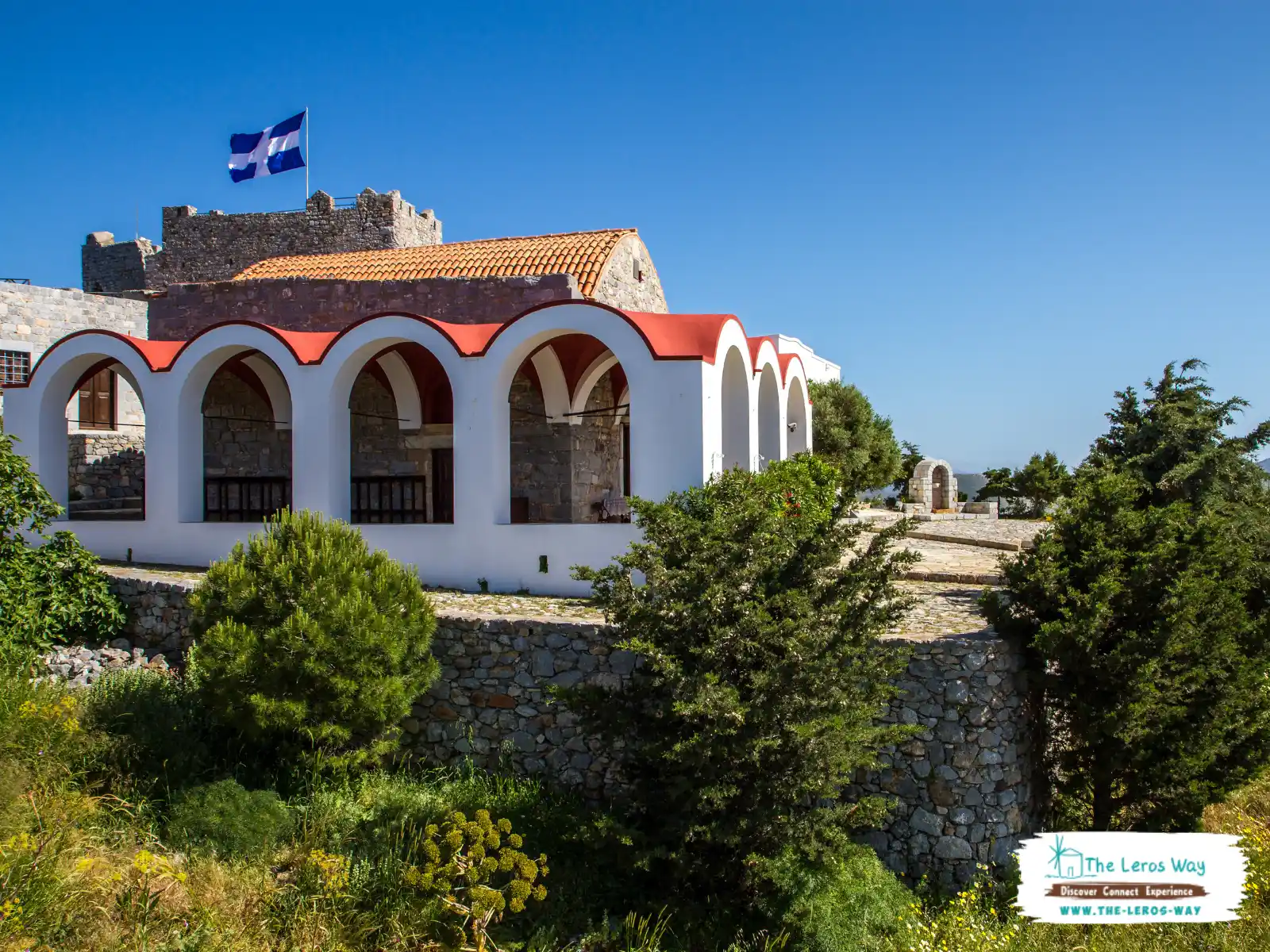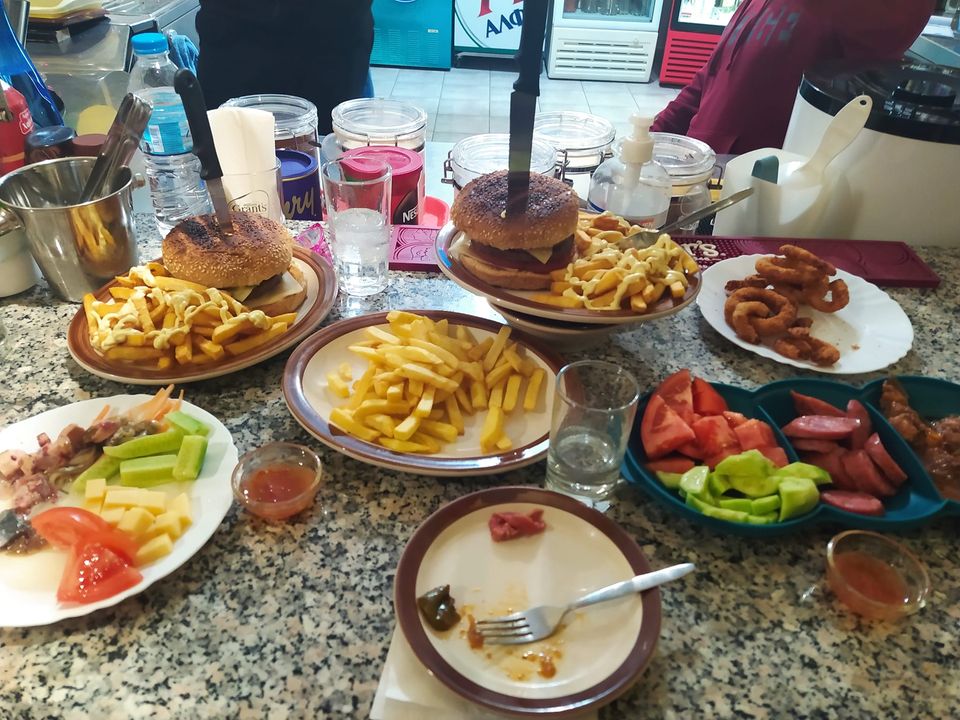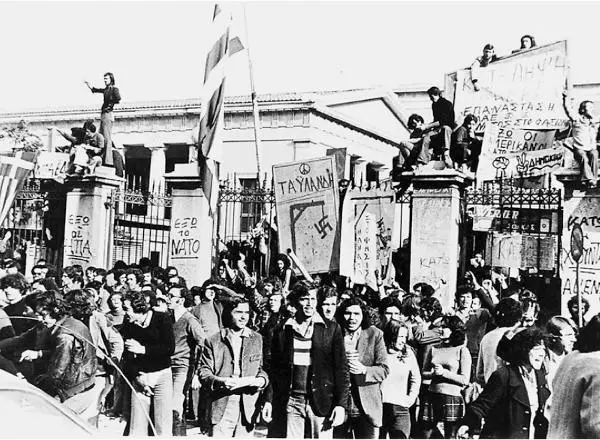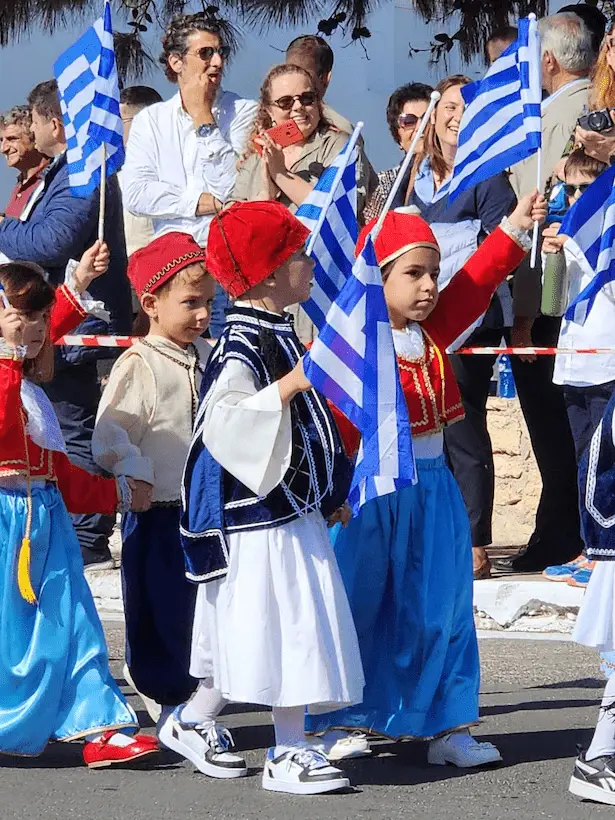I declare myself an enthusiastic “lover” of History… Ever since I was a child, it enchanted me, so when I found out that my next stop is Leros, I couldn’t help but be thrilled with what I hoped to discover…And the truth is that I was not disappointed when I disembarked at Lakki: the Art Deco architecture, which, if made mandatory by law, we would have a much more beautiful world, the war museums, the Beleni museum, the Agia Kioura with the murals of the exiles – it was like someone was giving a blank check to the child inside me and releasing it in a toy store…
What I did not know, however, was how deep and underestimated the history of Leros is, especially compared to the rest of the Dodecanese… One could easily be dazzled by the castle of Rhodes or by the solemnity of the monastery in Patmos… And then there is Leros… With a history so deep, reaching the limits of antiquity, being the island of Artemis… I decided to take a plunge into time and thus discovered perhaps the most significant treasure of Leros: the Panagia of the Castle…
The exclamation of the locals when something surprised them: “Panagia tou Kastrou!” made a frightening impression on me. Coming from Rhodes and already familiar with the corresponding “Panagia Tsambika mou!” I realized that there was a lot of potential here. However, I never imagined just how much it was.
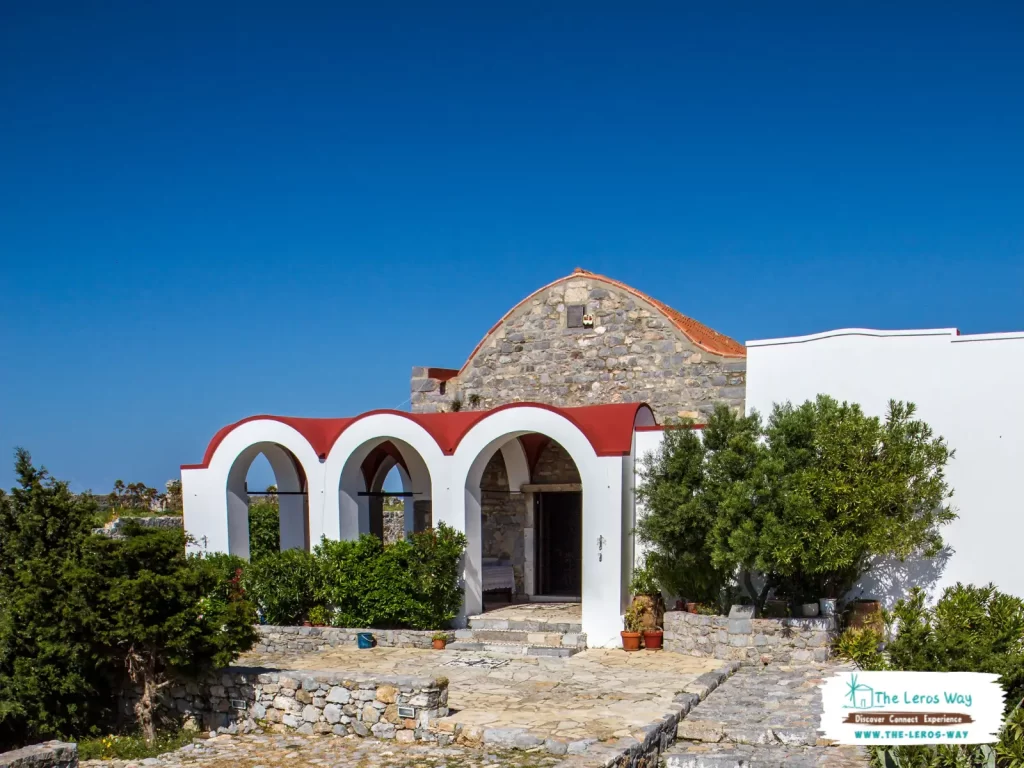
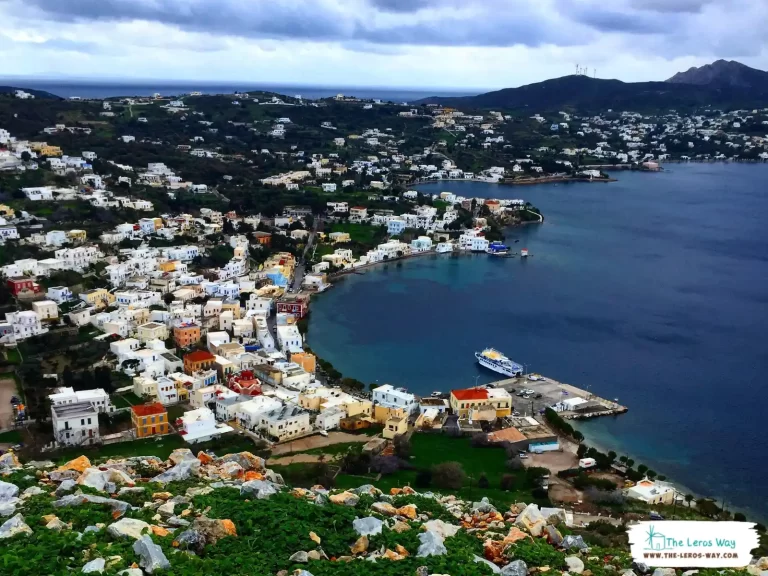
The Panagia of the Castle is a symbol of all Lerians without exception, connected with countless miracles and the island’s history over time. There was no student of mine who did not know the legend of the appearance of the icon in the gunpowder depot of the castle, which was occupied by the Turks, despite the efforts of the Turkish commander to prevent its appearance. The history of the icon, though, is much older…
The relic is practically estimated to be as old as Christianity itself, as the art of iconography is attributed to Luke the Evangelist. Many tumultuous events have passed in the history of the icon, as its story gets lost and resurfaces again during the turbulent period of the Iconoclastic Controversy, in a way that borders on legend. The significance of the relic is underscored by the chrysobull of Alexios I Komnenos, which connected the Castle of Panteli with the Monastery of Patmos more broadly, with the then abbot, Saint Christodoulos, overseeing the castle in general.
Opening Hours: Every day 09:00-13:00 and 16:30-19:30
Emergency phone: Μr Thomas 6948532776
